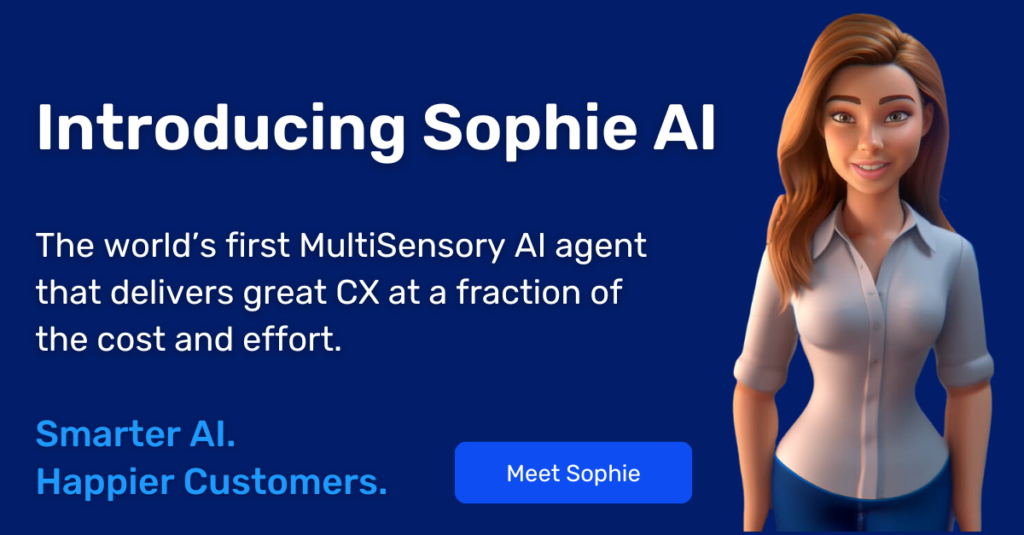Contents
There is some good news on the customer service front. According to Microsoft’s Global State of Customer Service Report, 63% of companies believe customer service is getting better. That’s because an increasing number of companies realize that aside from competing based on product and price, they need to deliver an excellent customer experience. How can that be achieved? Microsoft’s report provides the answer: The number one way customers reported that they had a positive experience is when their issue is resolved the first time – known as First Call Resolution.
What is First Call Resolution?
First call resolution (FCR) – or First Contact Resolution – is a key performance indicator (KPI) used by many customer care organizations to maintain a pulse check on their overall operations. When the call center’s FCR is high, agents have adequately addressed the customer’s needs the first time they contacted the enterprise, thereby eliminating the need for the customer to call back.
FCR Industry Standard: What Is the Benchmark?
For companies to positively effect change in their FCR rates, this rate must be quantified. However, some organizations find FCR particularly challenging to measure. One method is to measure based on a specific time frame; for example, following the incident closure, companies track whether there is a second contact within a window of 7 or 30 days. Alternative ways to measure FCR are via post-contact surveys, tracking repeat contact reasons in CRM systems, or by simply asking the customer at the end of each call: “Was this call resolved to your satisfaction?” Whichever method your organization chooses to measure FCR, these numbers must be analyzed for opportunities in improving FCR rates.
Benchmarking numbers for FCR rates differ across industries, company size, and product complexity. Some research and analysis have shown that the benchmark for first call resolution rate is approximately 74%. FCR rates closer to 90% are considered high, while an FCR rate closer to 40% is considered low.
Why Is FCR A Critical Call Center KPI?
FCR is a critical KPI for customer care organizations as it is generally understood to stand for the overall health of the service organization. Failure to deliver a high FCR rate can severely affect a business. These include:
Customer Churn
First and foremost, FCR is a customer experience metric. A customer whose issue was resolved quickly – eliminating the need for a repeat call – is usually a happy customer. Conversely, a customer who is required to place a repeat call/contact to customer service due to the same issue is more likely to churn.
Agent Satisfaction
Organizations with low FCR often have low employee satisfaction and high turnover. Handling an irate customer’s second or third call is significantly more stressful for agents, so avoiding those repeat calls by resolving the issue the first time contributes to a more positive working environment. Sub-par FCR numbers should raise a red flag to company management that agents require enhanced tools, training, or other resources to help them provide better service.
Operating Costs Impact
Resolving a customer’s issue the first time means fewer calls and lower costs. As FCR increases, the overall cost of providing support decreases. With FCR averaging 74% in the customer support industry, the remaining 28% of repeat calls represents a significant opportunity to reduce operating expenses.
Studies show that up to 12% of your customers will leave if their issues are NOT solved on the first call. If that seems like a harsh stick, here’s a carrot: For every 1% increase in FCR, your customer satisfaction grows by 1%. And every 1% increase in customer satisfaction translates into slightly over 1% increase in shareholder value (Marketing Science report).
It’s the KPI that most holistically reflects the true shape of your complete business, not just your call center and agents but your product and your customer sentiment – also known simply as your entire brand.
If your first call resolution rate is averaging below industry standards, there is something flawed somewhere along your customer experience. It’s in your best interests to identify the weak link and do all you can to fix it.
Challenges Faced by Call Centers in Reaching Optimal FCR
There are several reasons why call centers fail to achieve high levels of FCR. These include:
- Poor processes, where the agent cannot help the customer due to company policy or other company-mandated restrictions;
- Agent incompetency, where the agent does not have sufficient training or knowledge to resolve the customer’s issue;
- Lack of robust customer support systems to support customers who have trouble identifying the root cause of the issue, have trouble communicating the issue to the agent, or have failed at understanding or executing the fix as explained by the agent.
4 Quick Ways To Improve FCR KPI
Your call center agents are your first line of defense against a low FCR rate. Equip your agents with the following tips to help them handle customer calls more efficiently:
Listen Carefully
Make sure agents fully understand the customer’s exact issue. Agents should ask as many questions as necessary to clarify customers’ needs and repeat back relevant information to ensure the reason for the contact is crystal clear.
Give Clear Instructions
Agents should provide customers with detailed step-by-step instructions about the steps they will need to take to resolve their issue. If customers do not sound confident, agents should be encouraged to remain on the line with them until the steps are completed so they will not have to call back.
Set Follow Up Expectations
If the company needs to take action to resolve the customer’s issue, have the agents explain clearly what the company will do and, importantly, how long it will take. Clarify when the customer should expect an update and how they can expect to receive it.
Stay Upbeat
Agents regularly speak to angry or frustrated customers. They must remain calm and positive at all times while doing their best to resolve the customer’s issue or escalate the problem if necessary.
Industry Best Practices for FCR in 2022
Organizations looking to improve their FCR call center rate should consider implementing several proven best practices:
Process Improvements
Ensure company policies are aligned with customer needs. Ensure first-line agents can handle common customer inquiries. Do not overly emphasize average handling time (AHT) to the detriment of FCR. In addition, before the agent concludes the contact, customers should be asked whether they agree that the issue has been resolved.
Agent Preparedness
Make sure all agents are adequately trained to handle the vast majority of customer contact requests. Ensure agent knowledge is kept up to date with all product and service updates, process changes, or company news. Periodically check in with agents to solicit feedback for improvement.
Harness Technology
Enhance the interactive voice response (IVR) unit scripts to ensure that the wording is clear and understandable and that the selections are in optimal order. Implement technology that reduces wait times and improves routing accuracy through advanced CTI applications. Investigate innovative tools that make it easier for agents to achieve resolution on the first contact, such as visual support.
The End Goal: The Benefits of Improved First Call Resolution
FCR is a critical indicator for determining how well your organization is serving your customers, and how efficiently your operations are running. Both of these goals affect your bottom line. The challenge lies in finding a quantifiable way of measuring FCR in your contact center, and continually measuring, tracking and acting on these findings. When FCR is improved, service costs are decreased, agents are happier, and customer satisfaction increases as problems are resolved more quickly – on the first contact.







